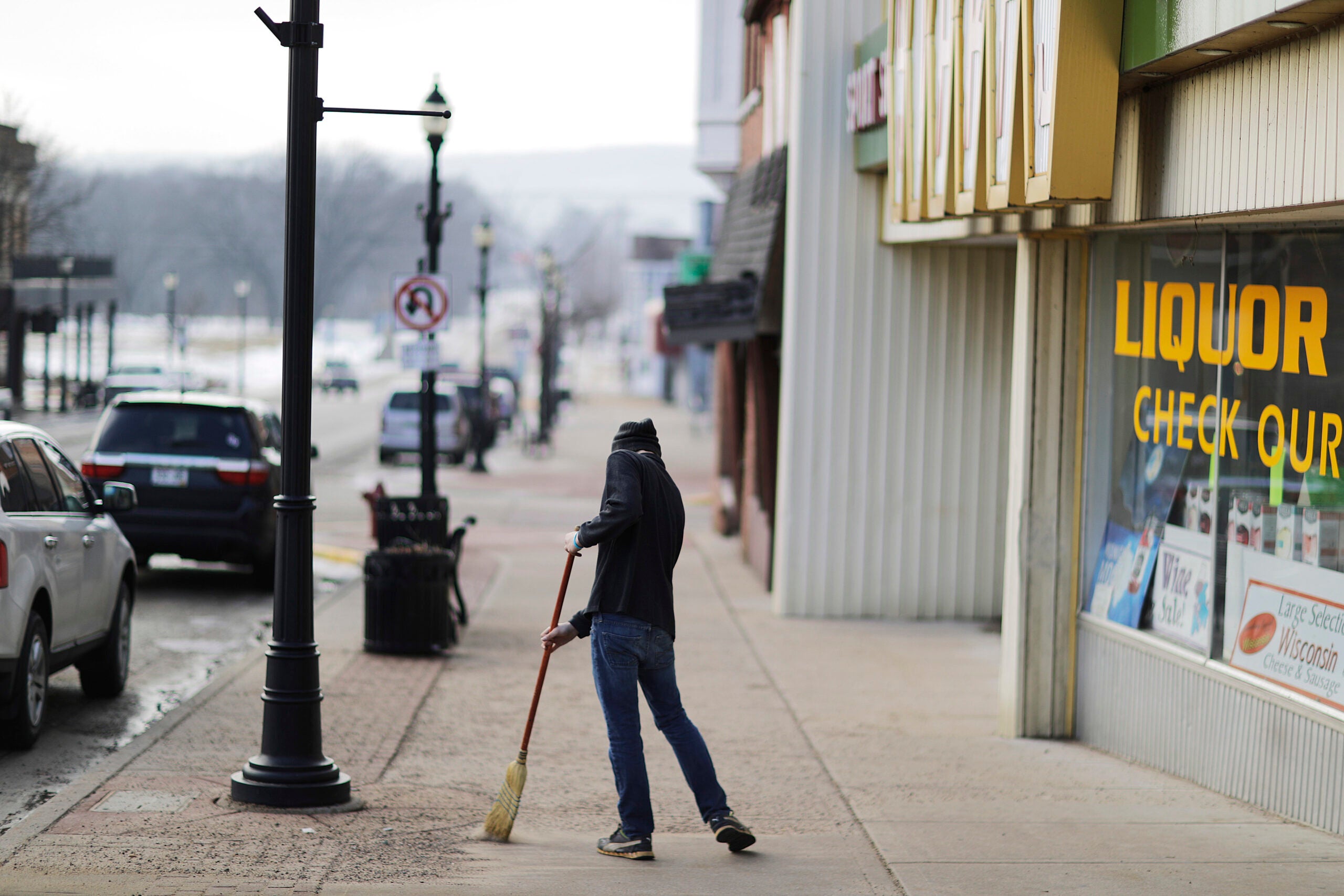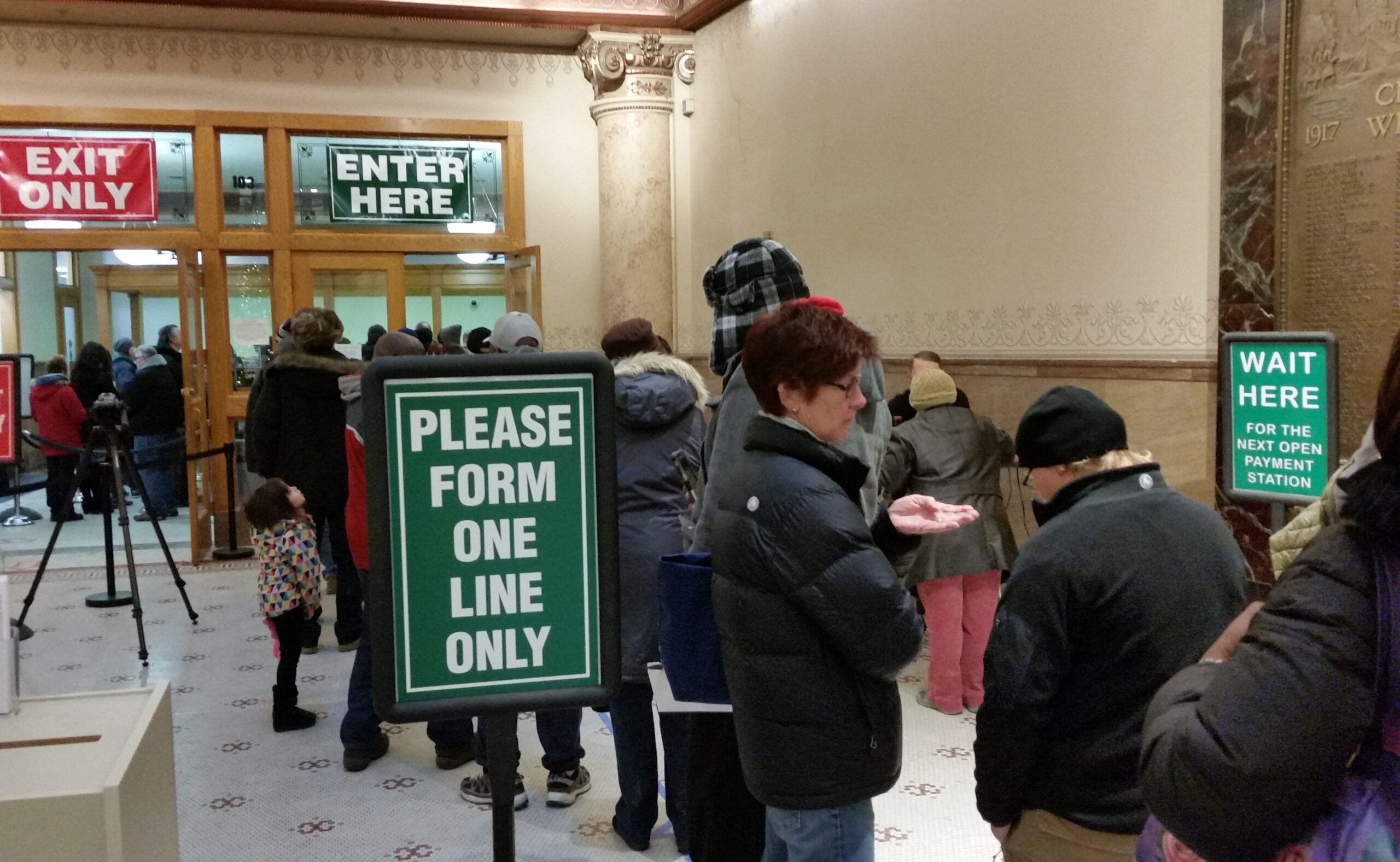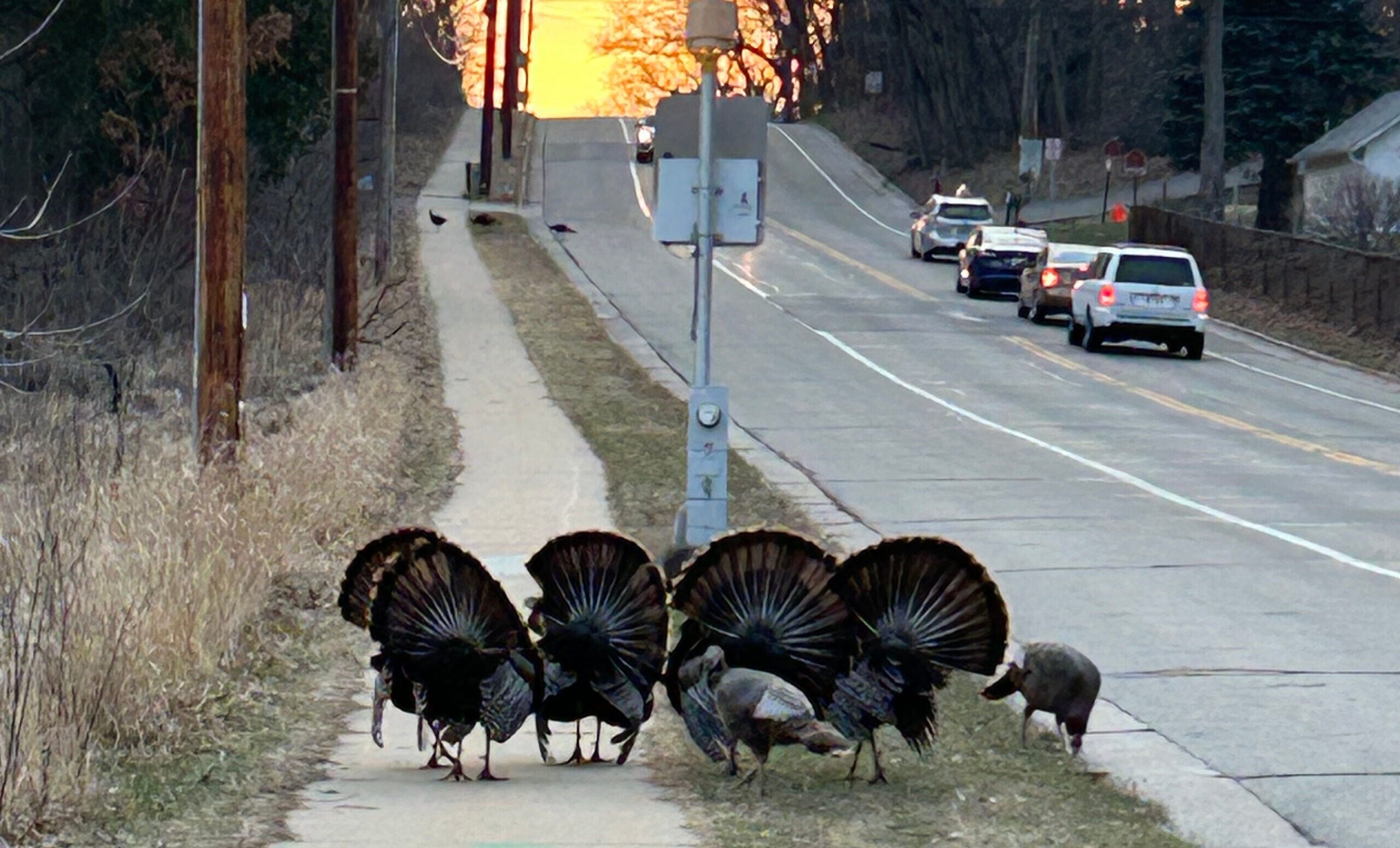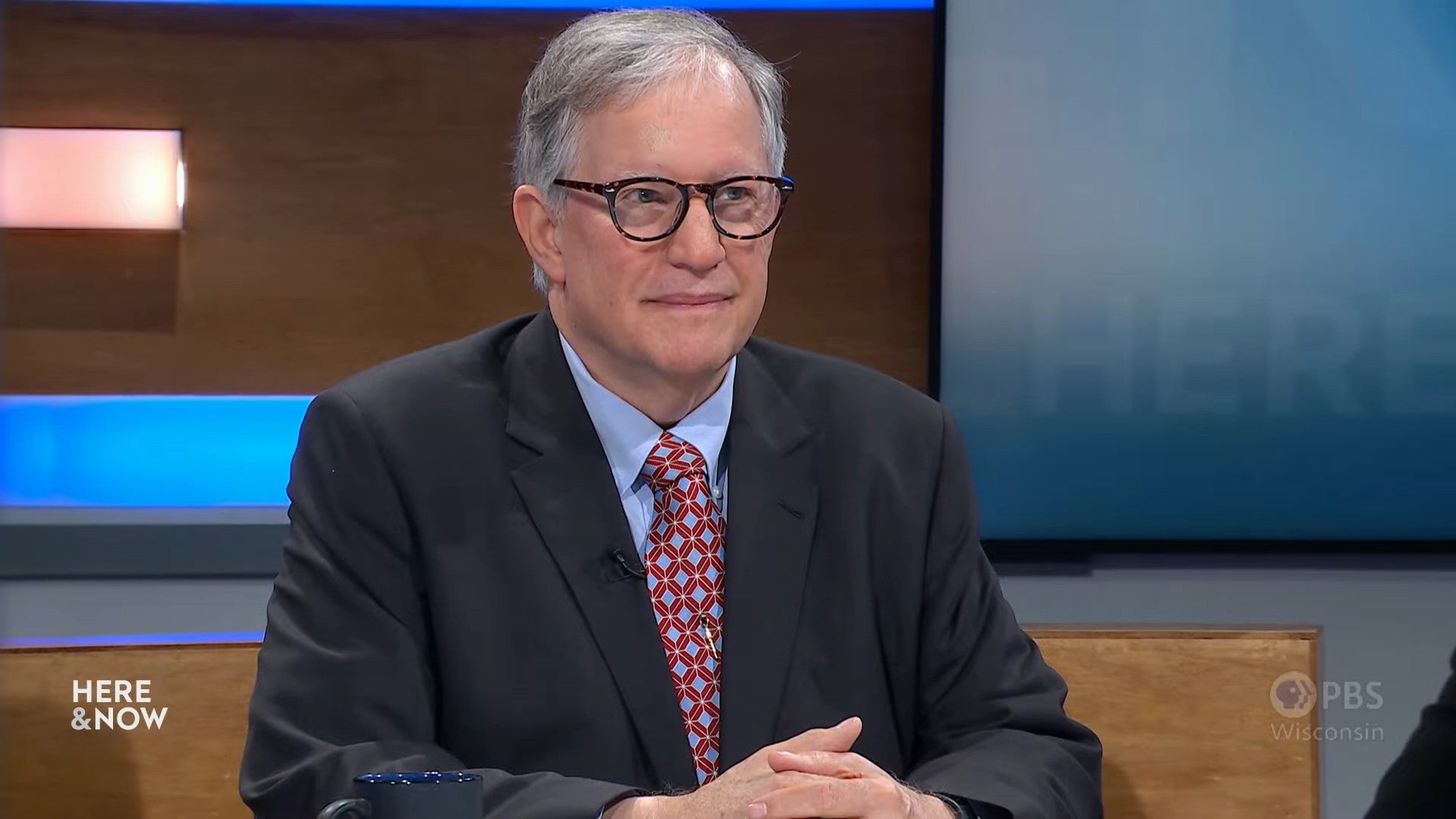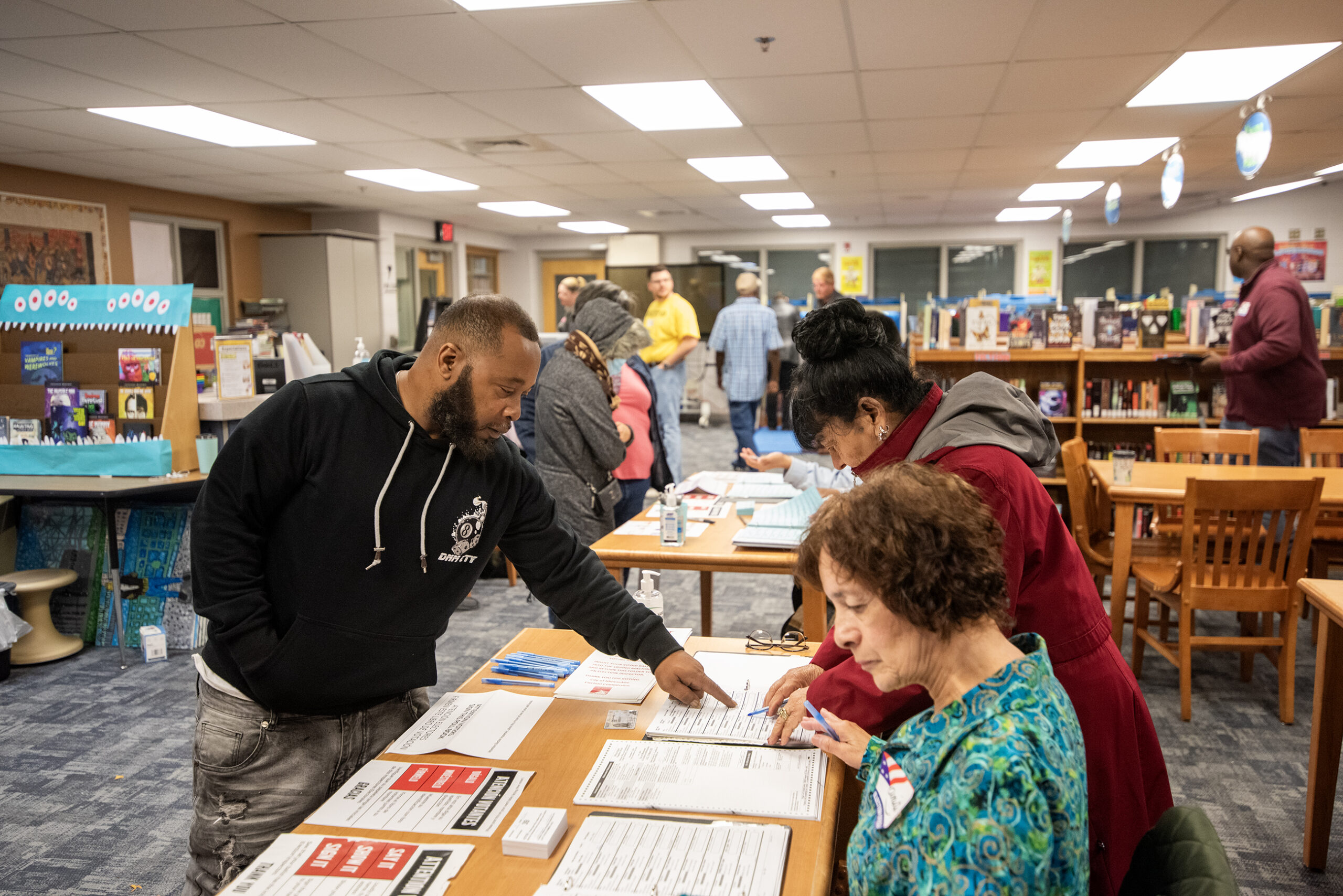Katherine Cramer’s influential book “The Politics of Resentment” was published in March 2016 — just eight months before Donald Trump won the presidential election for the first time and ushered in a new era of American politics.
The book got national attention for the way it homed in on the urban-rural divide. Cramer, a political science professor at the University of Wisconsin-Madison, based the book on years of having conversations with people across the state in cafes, pool halls and other community spaces.
Now that Trump is headed toward a second term in office, Cramer told WPR’s “Wisconsin Today” about how shifts she’s been observing in voter attitudes over the past eight years might have shaped the 2024 election results.
News with a little more humanity
WPR’s “Wisconsin Today” newsletter keeps you connected to the state you love without feeling overwhelmed. No paywall. No agenda. No corporate filter.
This conversation has been edited for brevity and clarity.
Rob Ferrett: You’ve talked a lot over the years about the urban-rural divide, or the perception in rural areas — particularly rural Wisconsin — that urban Americans were getting something they weren’t. How do you see that theme playing out in 2024?
Katherine Cramer: What I understand now in more recent research I’ve been doing is that it’s part of a more general political divide that’s taken place in this country. And partly, it can be understood in the college gap that we see in electoral returns in this election and other recent elections.
White college-educated people primarily are leaning toward the Democratic Party, and people without a four-year college degree are increasingly leaning toward the Republican Party.
And there’s something to be said about the perspective that a person develops living in a rural place versus an urban place. But also the greater likelihood that if you have a four-year college degree, you live in a more urban community. (These are) part of what’s going on in terms of this geographic polarization, where we see urban areas going predominantly Democratic and smaller communities or rural places going Republican.
RF: And that’s been changing over time. Republicans used to do just fine among college graduates. Democrats used to have some rural strongholds in southwestern Wisconsin — one of the most dramatic shifts in the country, including Crawford County and others. What is driving that change?
KC: In Wisconsin and across the country, the conditions of rural communities and urban communities have diverged over time, especially since the 1970s. Generally it’s urban communities where we see economic growth, and rural communities have stagnated in their local economies.
We also see that in population numbers, too, in Wisconsin and around the country, where it’s urban communities where we see population growth. Rural communities, they’re experiencing a so-called “brain drain,” or a lack of opportunities for young people to come back and get a job in the rural community in which they grew up. So rural communities experience population stagnation or decline.
Another thing that has happened, too, is this college divide. Back in 1970, roughly 10 percent of people either in a rural community or urban county had a four-year college degree, but that’s changed drastically. In the last 40 to 50 years, people in urban communities are much more likely to have gone to college. About one in three people in an urban county have a college degree these days, but only one in five in people in rural counties.
The other condition that’s really changed — or the way these rural and urban communities have diverged over time — is in the racial and ethnic composition. Here in Wisconsin and around the country, the urban communities have become much more racially diverse. That’s true of rural communities too, but not at the same rate.
It’s not just that people have changed — the nature of our politics has changed and the kind of arguments that the politicians are making to people have changed. The Republican Party has done very well for itself by tapping into what I understand to be this rural resentment, this sense of “We’re not getting our fair share, and it’s folks in the cities who are getting the resources and the attention and the respect.”
RF: I’m wondering if this is something that has come up in your conversations with people around the state and around the country: a concern about change, like “This is not the neighborhood I grew up in.” How much does that concern affect how people think about politics and vote in elections?
KC: I think it matters a lot, but how it matters varies a lot by people’s partisan leanings.
It could be this sense that “The demographic composition of my community, my place, my state is changing, and I’m not comfortable with that.” It could also be this sense of how life in the U.S. seems really different right now, with respect to the economy. It’s just harder to make ends meet.
And then there’s also just huge uncertainty about our political life these days. All this talk about this election being a referendum on the future of democracy gives people a sense that “Something is really shifting, and I’m not sure where it’s going.” But again, what people do with that really matters (and is influenced by) which party they lean toward and the leaders that they’re listening to, or even the online influencers they’re listening to.

